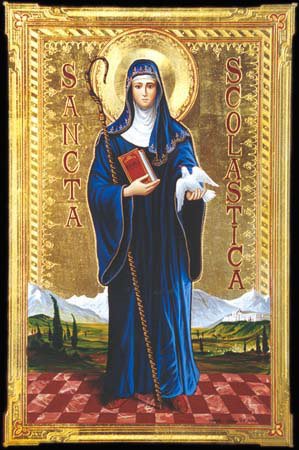“Lex orandi, lex credendi.” “The law of what is prayed is the law of what is believed.” This Latin phrase summarizes the impact and relationship of prayer and faith. As the Catechism states: “The law of prayer is the law of faith: the Church believes as she prays.” (1124).
Thus: Saint Gregory of Narek was a mystic, monk, priest, and, as declared by Pope Francis, Doctor of the Church. Living in the Kingdom of Armenia, modern Turkey (born about 951, died about 1003), Gregory and his brother were raised by their uncle in a monastery, which he eventually entered. He then taught there and wrote commentaries and prayers. His most famous work is The Book of Lamentations, a collection of ninety-five prayers, each beginning: “Speaking with God from the Depths of the Heart.” The prayers were expressions of love and dependency on God’s mercy. “He believed his book was written not only for himself, his monks, or the Armenian people, but for all people, for the entire world.” In other words, St. Gregory proclaimed the Gospel in the prayers he composed.
Here is the conclusion of his final prayer: Prepare the earth for the day of light and let the soil bloom and bring forth fruit, heavenly cup of life-giving blood, ever sacrificed, never running dry, all for the salvation and life of the souls in eternal rest. And though my body die in sin, with Your grace and compassion, may I be strengthened in You, cleansed of sin through You, and renewed by You with life everlasting, and at the resurrection of the righteous be deemed worthy of Your Father’s blessing. To Him together with You, all glory, and with the Holy Spirit, praise and resounding thanks, now, always and forever, Amen. St. Gregory of Narek, pray for us!









 *
*






